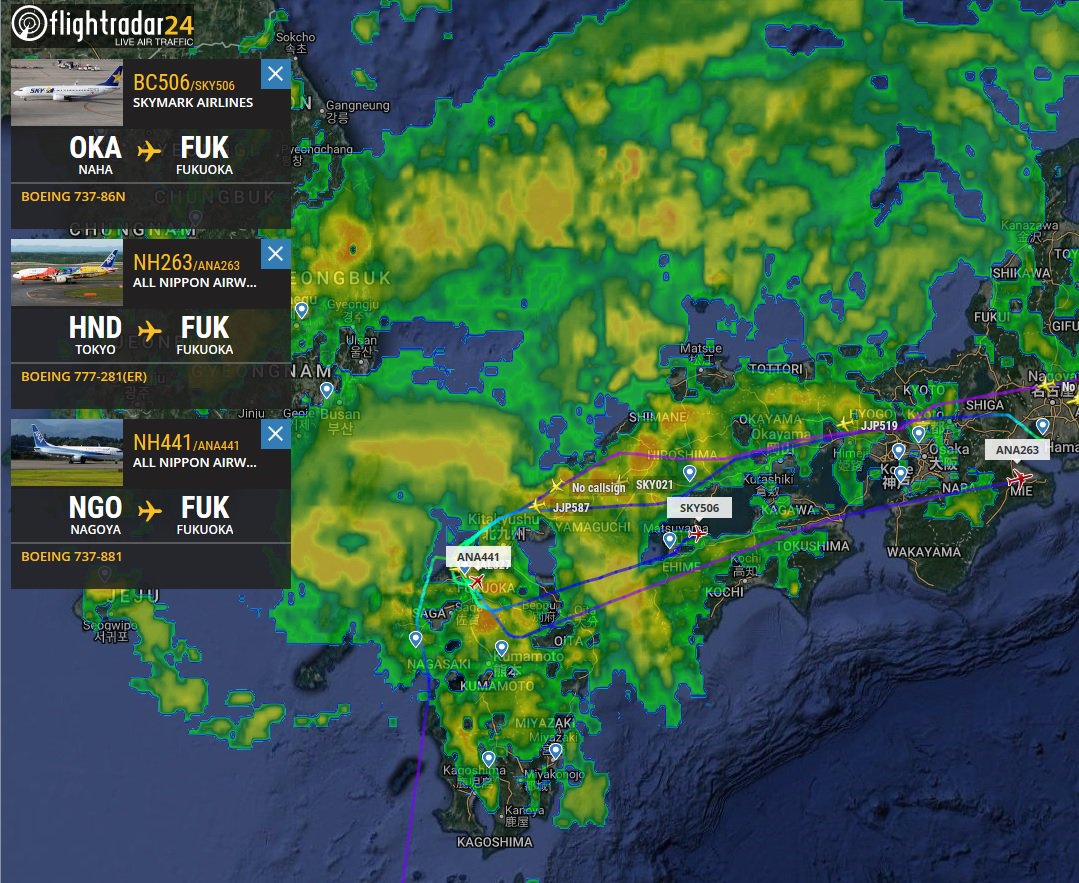angelburst29
The Living Force
19.05.2018 - 110 Confirmed Dead in Cuba Boeing 737 Plane Crash
110 Confirmed Dead in Cuba Boeing 737 Plane Crash
Cuba has confirmed that 110 passengers and crew that were onboard the Boeing 737-200 plane that crashed Friday shortly after takeoff from Havana airport died, state-run media reported.
A Cuban airliner with 110 people onboard fell to the ground and burned on Friday. Four passengers, a man and three women, were earlier said to have survived the accident. The man died of his injuries soon after he was rescued from under the debris.
There were five children reported among the deceased in the crash, Reuters said.
19.05.2018 - Survivors of Cuba Crash Remain in Serious But Stable Condition - Hospital
Survivors of Cuba Plane Crash Remain in Serious But Stable Condition - Hospital
The three women who survived the Friday crash of Boeing 737, which took off from Havana, are stable, but their lives are still under threat, the head of the hospital on Cuba where they are being treated, Carlos Alberto Martinez, said on Saturday.
"In terms of hemodynamics, they are stable, but the threat to their life still exists because of the worsening of the serious injuries they sustained. They need significant medical treatment," Martinez said on the CubaTV broadcaster.
The head of the hospital explained that the blood flow control in all three survivors had improved after surgery, adding that the fourth victim brought to the hospital after the crash had since died.
A Sputnik correspondent confirmed after visiting the hospital that the three women were in the intensive care unit of Calixto Garcia hospital.
110 Confirmed Dead in Cuba Boeing 737 Plane Crash
Cuba has confirmed that 110 passengers and crew that were onboard the Boeing 737-200 plane that crashed Friday shortly after takeoff from Havana airport died, state-run media reported.
A Cuban airliner with 110 people onboard fell to the ground and burned on Friday. Four passengers, a man and three women, were earlier said to have survived the accident. The man died of his injuries soon after he was rescued from under the debris.
There were five children reported among the deceased in the crash, Reuters said.
19.05.2018 - Survivors of Cuba Crash Remain in Serious But Stable Condition - Hospital
Survivors of Cuba Plane Crash Remain in Serious But Stable Condition - Hospital
The three women who survived the Friday crash of Boeing 737, which took off from Havana, are stable, but their lives are still under threat, the head of the hospital on Cuba where they are being treated, Carlos Alberto Martinez, said on Saturday.
"In terms of hemodynamics, they are stable, but the threat to their life still exists because of the worsening of the serious injuries they sustained. They need significant medical treatment," Martinez said on the CubaTV broadcaster.
The head of the hospital explained that the blood flow control in all three survivors had improved after surgery, adding that the fourth victim brought to the hospital after the crash had since died.
A Sputnik correspondent confirmed after visiting the hospital that the three women were in the intensive care unit of Calixto Garcia hospital.





